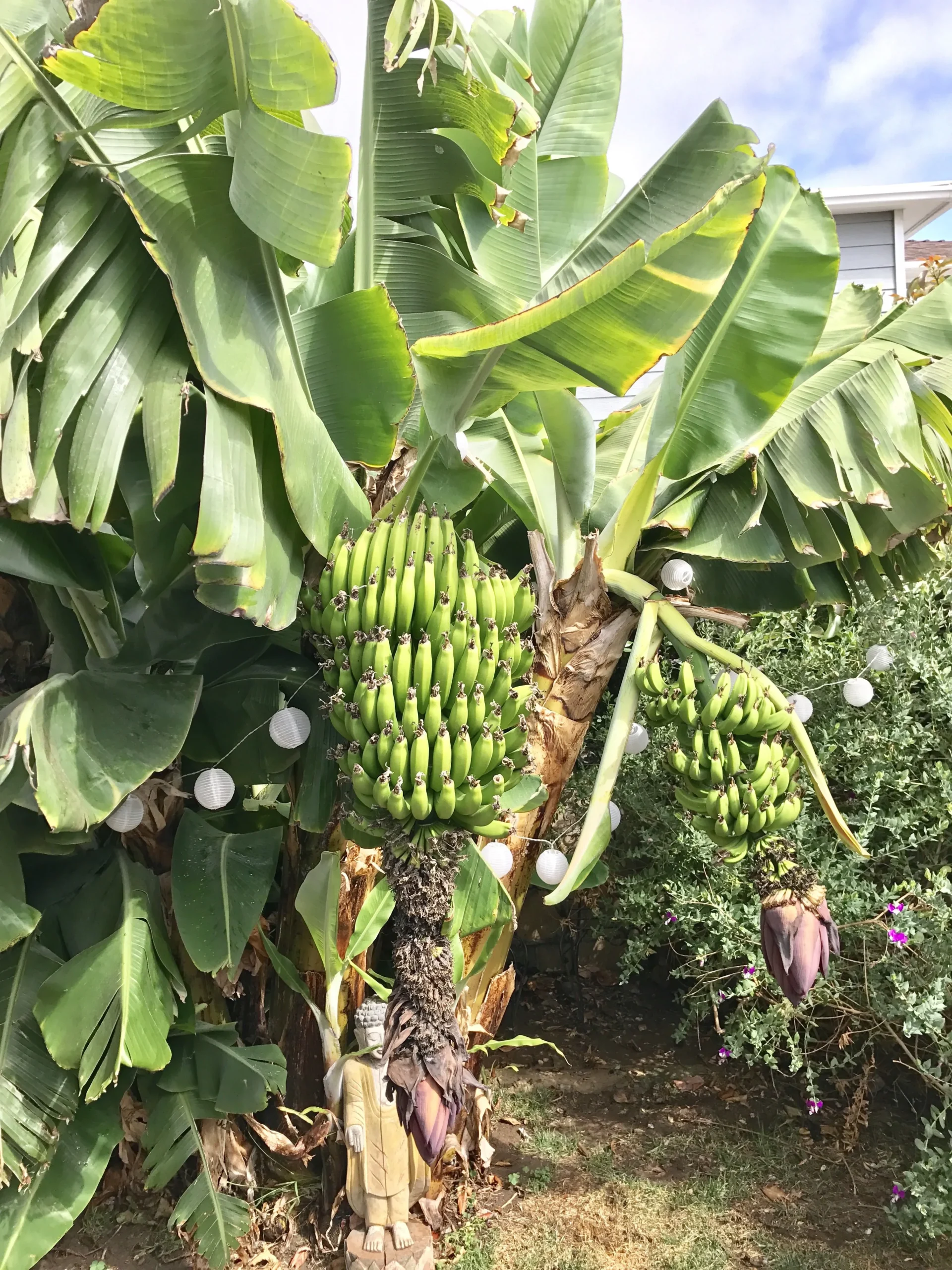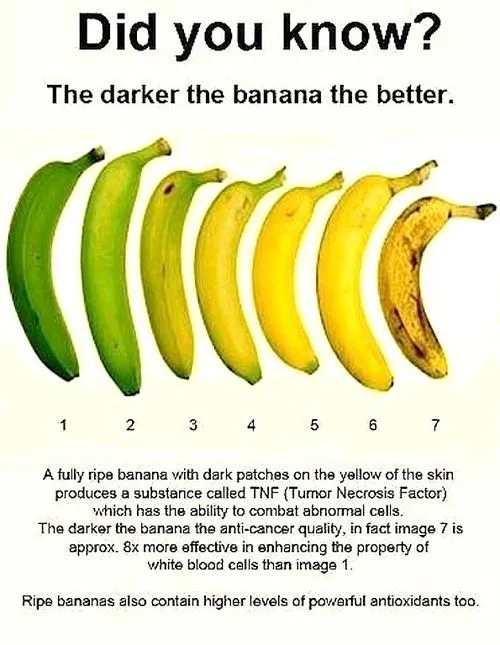The Ultimate Guide to Identifying Your Banana Tree and Caring for It
Banana trees are a popular plant for gardeners and fruit lovers alike. With over 1,000 different varieties of bananas, it can be difficult to determine what kind of banana tree you have in your yard. However, with a little bit of knowledge, identifying your specific type of banana tree can be a breeze.

In this article, we will provide an introduction to banana trees and their varieties, teach you how to identify your banana tree by its characteristics, explain the most common types of banana trees and how to tell them apart, and give you tips on caring for your specific type of banana tree. By the end of this article, you’ll be well-versed in the world of bananas and able to confidently identify and care for your own banana tree. So don’t peel off just yet, keep reading to learn more!
An Introduction to Banana Trees and Their Varieties.
Banana trees, scientifically known as Musa spp., are one of the most popular fruit plants in the world. These tropical trees are native to Southeast Asia and have been cultivated for thousands of years. Today, they are grown in over 130 countries and play an essential role in global food security.

There are hundreds of banana varieties available worldwide, each with its unique flavor profile, texture, and color. The most commonly consumed bananas globally belong to two main groups: Cavendish and dessert bananas.
Cavendish bananas are the most widely produced variety globally; they have a sweet taste and soft texture when ripe. However, they’re prone to diseases such as Panama disease or Fusarium wilt that can cause significant damage to plantations.
On the other hand, dessert bananas come in various colors such as red or yellow; these varieties may be sweeter than Cavendish ones but may also be smaller or more challenging to grow commercially.
Overall there is so much variety when it comes to banana trees that there’s always something new for you try out!
Identifying your banana tree by its characteristics.
Bananas are a popular fruit enjoyed by many people around the world. However, did you know that there are over 1,000 different varieties of bananas? Identifying your banana tree by its characteristics can be a fun and educational experience for anyone interested in learning more about these delicious fruits.
One way to identify your banana tree is based on its size. Some varieties can grow as tall as 30 feet, while others may only reach a height of 6 feet. Additionally, the leaves of each variety can vary in shape and color. For example, some may have long, slender leaves with a bright green hue, while others may have shorter, wider leaves with a darker shade of green.
Another characteristic to consider is the fruit itself. The size and shape of bananas can vary greatly between different varieties. Some may be small and round with a bright yellow color when ripe, while others may be longer and more curved with a reddish tint when ripe.
Finally, the flavor profile of each banana variety can also help with identification. Some bananas are sweet and creamy with hints of vanilla or caramel flavors, while others have tangy or even slightly sour notes.
Overall, identifying your banana tree by its characteristics is not only informative but also enjoyable for those interested in learning more about this versatile fruit. So grab some binoculars and start exploring the unique features of your very own banana tree today!
The most common types of banana trees and how to tell them apart.
Bananas are more than just a delicious fruit; they’re also an incredibly diverse plant with many different varieties. Understanding the most common types of banana trees and how to tell them apart can help you appreciate the vast array of flavors, textures, and colors that this fruit has to offer.

One type of banana tree is the Cavendish. This variety is perhaps the most well-known and widely cultivated species of bananas worldwide. It’s characterized by its sweet, creamy flavor and firm texture, making it ideal for eating fresh or cooking.
Another popular type is the red banana tree. As its name suggests, this variety features a reddish-purple skin that gradually turns yellow as it ripens. The flesh inside is cream-colored and has a tangy sweetness that sets it apart from other types.
Plantain bananas are another common variety that differs significantly from other types in terms of their culinary use. They have firmer flesh than regular bananas and are typically cooked before being consumed as snacks or side dishes in many countries around the world.
Finally, there’s the blue java banana tree, also known as ice cream banana due to its creamy texture reminiscent of vanilla ice cream when ripe. This unique variety hails from Southeast Asia but can now be found in tropical regions worldwide.
In conclusion, understanding these various types of banana trees will not only help you appreciate their unique flavors but also broaden your culinary horizons with new recipes to explore!
Tips on caring for your specific type of banana tree.
Caring for your specific type of banana tree is crucial to ensure a bountiful harvest. Each variety of banana has its own unique requirements, and it’s important to understand these in order to provide the best care possible.

« Solutions for Dry Banana Bread Batter: Tips and Tricks for Perfectly Moist Bread Every Time
The Top Most Amazing Banana Beauty Tips and Benefits »
Firstly, let’s talk about the Cavendish banana tree. This is by far the most common type of banana found in supermarkets worldwide. To care for this variety, it’s important to keep the soil moist but not waterlogged, as well as providing ample sunlight and regular fertilization.
If you have a Dwarf Lady Finger banana tree, you’ll need to take a slightly different approach. This variety requires more frequent watering than other types of bananas due to their smaller root systems. Additionally, they thrive in humid environments with temperatures ranging from 70-85 degrees Fahrenheit.
For those growing Red bananas, it’s important to note that they require lots of sunlight and warm temperatures above 60 degrees Fahrenheit. They also benefit from regular pruning and fertilization throughout their growth cycle.
Lastly, let’s discuss Plantain bananas which are often used for cooking purposes rather than eating raw.They require well-drained soil and regular watering every two weeks during dry weather periods.Plantains also grow best in areas with high humidity levels above 80%.
In summary,caring for your specific type of banana tree involves understanding its unique requirements such as temperature,humidity,sunlight,nutrient intake etc.By following these tips,you can ensure that your trees grow strong and healthy while producing delicious fruits year after year!
Resources for further information on identifying banana trees.
For those looking to expand their knowledge on the fascinating world of bananas, there are a plethora of resources available to aid in the identification of banana trees. From online forums to botanical gardens, there is no shortage of information for those seeking a deeper understanding of this versatile fruit.
One excellent resource for banana tree identification is the International Banana Society. This organization has been devoted to promoting and sharing knowledge about bananas since 1985, and its website offers a wealth of information on various types, cultivation techniques, and more.
Additionally, botanical gardens around the world often have extensive collections of banana plants that can be viewed up close by visitors. These gardens frequently offer guided tours led by experts who can answer any questions about banana tree identification.
Online forums dedicated specifically to bananas are also an excellent source for identifying different species or varieties. Members with experience in growing or collecting bananas share photos and descriptions that can help others identify their own trees.

Whether you’re an avid gardener looking to expand your collection or simply someone with an interest in learning more about this fascinating fruit, these resources provide valuable insights into the world of bananas. With so much information at your fingertips, you’ll be well on your way to becoming a true banana connoisseur!
Check out our other articles to find out even more about banana.
Identifying your banana tree is an important step in understanding the kind of care it needs to thrive. By familiarizing yourself with the different varieties and their characteristics, you can ensure that your banana tree receives the proper attention for a healthy yield every season. Check out our other articles to find out even more about bananas, so you can create a lush and productive garden!










